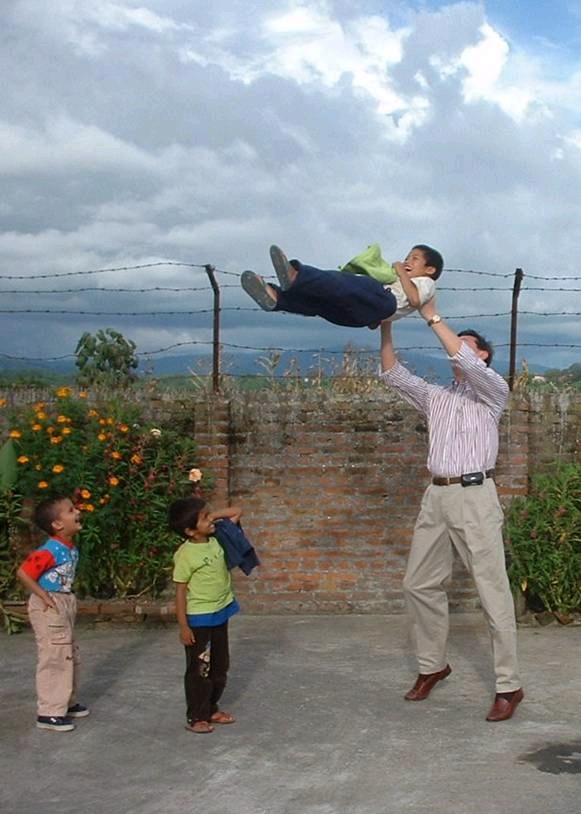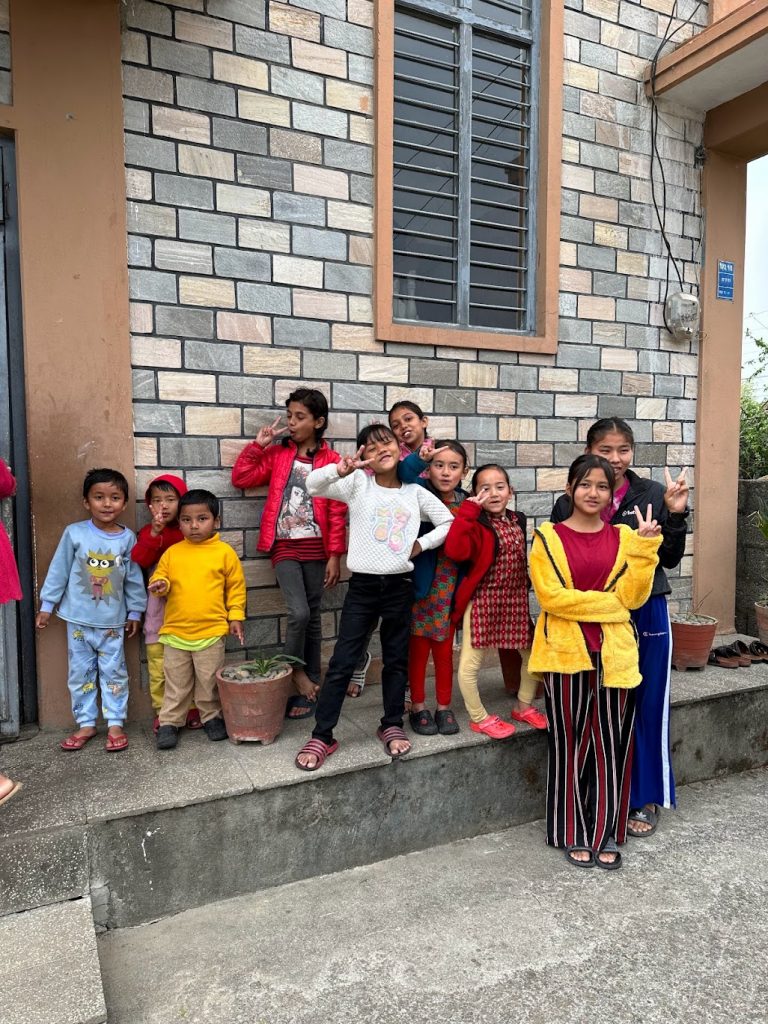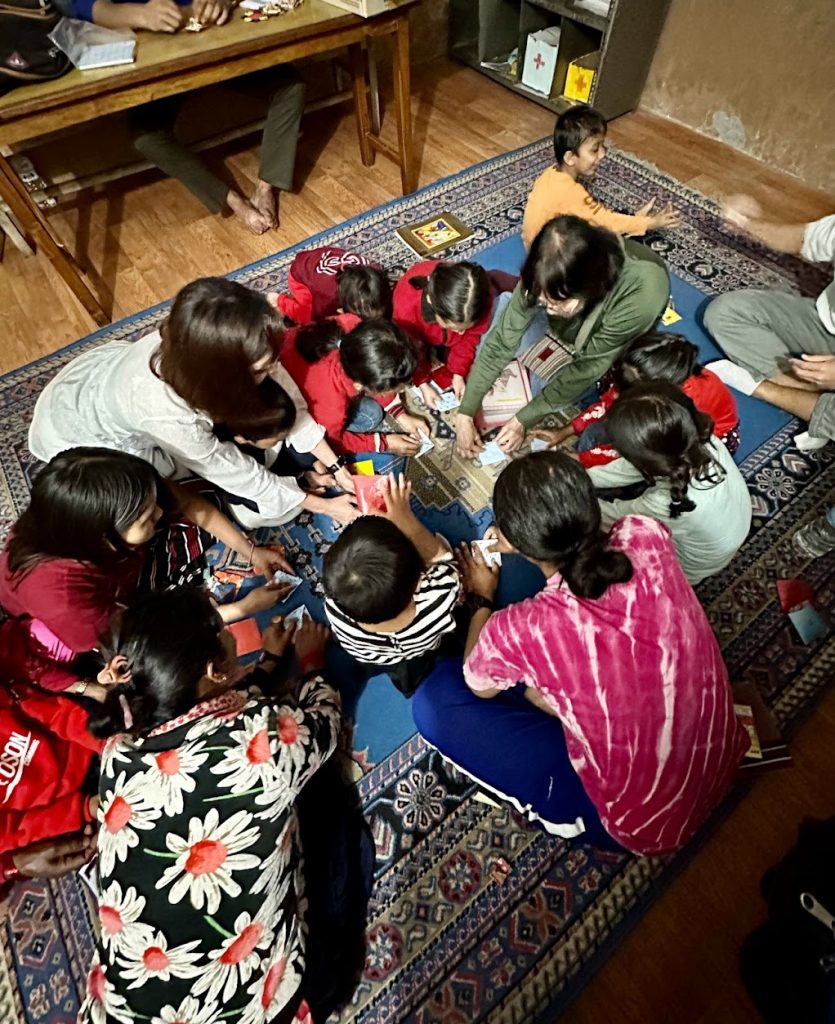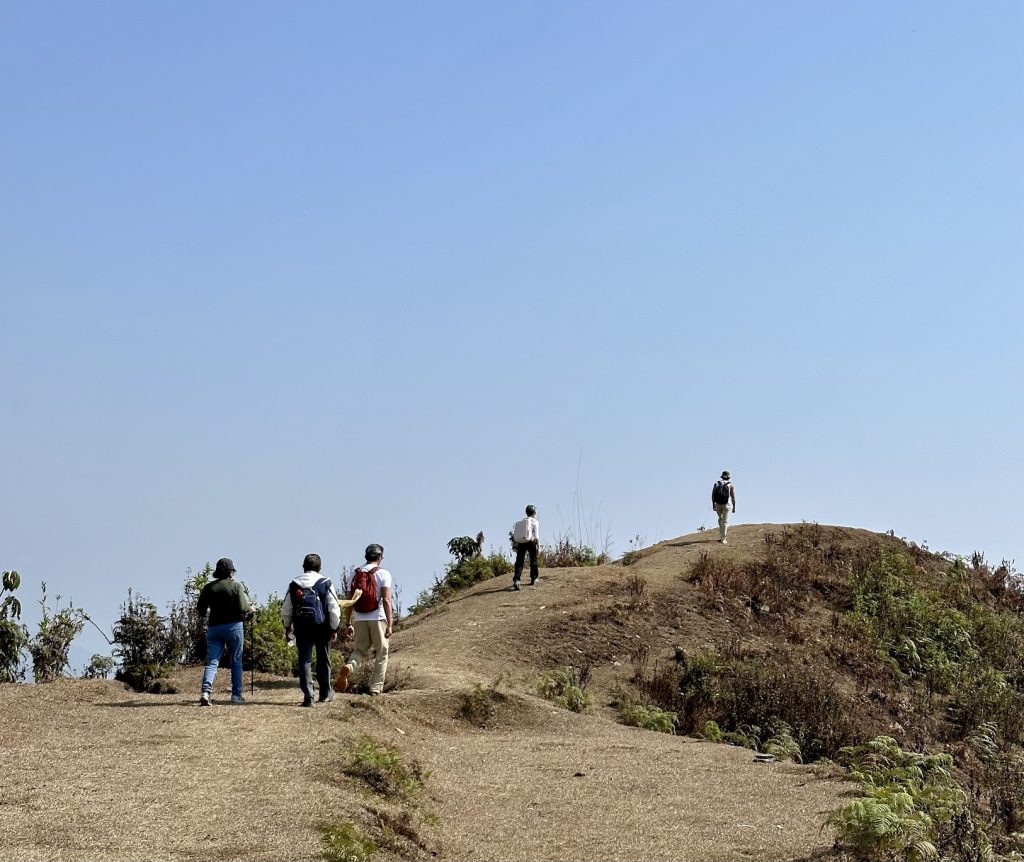
“Unless you change and become like a little child….” ~ Jesus
On February 28th, 2023, what was old became new. A friendship forged 34 years ago, nurtured in shared vision, disrupted by time, distance, and drift, forged in mutual adversity, now rekindled in reconnection. My brother, Dinesh, who saw beyond his legal profession, left that security to embark on a journey over the last 3 decades to rescue prisoners’ children. When I asked a very good friend (who is in key leadership in the prison system), who are the least served in the prison, his answer, spoken without a moment’s hesitation, stunned me. I expected him to say those who are serving life sentences, or those who have medical or mental conditions that require segregation, or the habitual person who reoffends for whom the system has all but given up hope of rehabilitation. Instead, he said, “The families of prisoners, especially their children.”

Even whilst providing hygiene and others essentials, setting up prison libraries across all 76 prisons, Dinesh was drawn to the plight of the prisoner’s child. Not just children, but that one child languishing in prison with a parent (see Hope in the Ruins – https://books.friesenpress.com/Ron-Nikkel-Hope-In-the-ruins by Ron Nikkel, PFI President Emeritus). The past 3 decades have seen thousands of children rescued, placed in kin care or where there is no family, residential care (set up by Victim Support and Rehabilitation Programme, the charity that Dinesh founded). Some have grown up to become school principals, and commercial airline pilots, bankers, IT specialists, fathers and mothers, upstanding members of their communities.
I write this as a preface to pivot to offer a reflection on the title of this blog – walking at the speed of a child. In my last blog post, it was about walking at the speed of life. The refreshed look at the old in Nepal surfaced these incredible lessons:
The True Generosity of a Child
Someone once poignantly said that true generosity is not when you have something to give, but when there’s nothing in you that wants to take. Our human nature seeks to take, to extract a transaction with every interaction. Before a certain age, even amidst social conditioning, compounded by deprivation, there is a spark of human purity for which giving without getting, exists. One child in the Peace-Loving Home in Pokhara, Nepal, all of 5 years old, had just been placed in the home at his mother’s request. With pain in her heart at being separated from her son, she selflessly knew he would have a better life outside the barbed-wired prison compound where she was serving a prison sentence.

The deprivation of every aspect of life essential for survival, made every morsel of food, every article of clothing, something to be clung to tightly. At the home, less than a half year after being rescued, he was given two origami spinning tops made by one of the team members whom I accompanied on this trip. He guarded it with his life, his eyes darting back and forth to ensure there was no threat of being dispossessed of his precious spinning tops. When he was asked to share, unbeknownst to the one who asked, he hesitatingly but willingly did. There was fear in his eyes that he might never see the spinning tops again, but there was no selfishness. True generosity – nothing in this 5-year-old needed to take.
Walking at the speed of a child means that not every interaction need be a transaction. Not everything given needs to be reciprocated by a thing received. “Unless you change and become like a little child, you will never enter the kingdom of heaven.” Yikes! The speed of a little child resides in their posture to scarcity and deprivation, which is not hoarding, but true generosity. I learnt a valuable lesson that day – a 59-year-old from a 5-year-old.
The Transparency of a Child
Before the age of 5 or thereabouts, a child is unable to distinguish between what he/she knows and what everyone else knows. In other words, a child believes that what he/she knows is what everyone else knows. So, a child may come back from kindergarten and announce that Gilbert died, for which his/her mother will be puzzled as to who Gilbert is. When the child is asked who Gilbert is, the quizzical look on the child’s face is because he/she is wondering why his/her mother doesn’t know. His/her assumption is that what he/she knows, his/her mother would also know.

When that naivety is dispelled, the advent of secrets and opacity begins to set in. Now the child realises that what they know is not known to others unless they choose to reveal it. Secrets are kept as a realisation of the fact that I can do something out of sight, in secret, and you won’t know unless I tell you. Lies are a consequence of the knowledge that I can tell you that I didn’t do something if you hadn’t witnessed it, even if I did do it. Gossip works in much the same way because what I don’t reveal, or reveal selectively, stands the chance of not being found out by those I choose not to reveal it to, trusting that you’ll keep the secret.
Following the events of August 30th, 2014, my secrets were revealed and the choice I had was what to do with those revealed, exposed secrets. Denial, obfuscation were options. I chose otherwise. Some people have levelled the charge that I have and am being too transparent. Some would rather not know. Others were/are genuinely worried about the consequences of being transparent. My desire to be circumspect but transparent was not bravado but honesty. As a friend said to me early in the aftermath of August 30th, honesty is not only not lying; it’s telling the whole truth. In other words, not just half the truth.
The way Dinesh relates to the children at the home or those in kin care assumes a posture of transparency. The child knows, as do the people Dinesh speaks with, the child’s history to the extent that it’s relevant to what needs to be known. Even the children who are aware of their background, are open about it. I wonder if we were more transparent about our past, we might then not seek to create different personas to project what we would like others to see of us, rather than let them see who we are. We choose opacity over transparency. The problem is not the personas. The problem is that our personas become our personhood and what we want others to see is what we eventually see as well. The masks we wear are indistinguishable from the person we truly are, our authentic selves. We fool others and tragically, we also end up fooling ourselves.

Selfishly, I needed this trip to be reminded of what truly matters. Someone once quipped that if knowledge is about learning, then wisdom is about unlearning. It is certainly true in my life. I have a lot less materially now, and I hope I have changed to be truly generous. I have had my masks and personas stripped away as a consequence of August 2014, and I hope my transparency offers and does not offend. I hope I am reborn, this 59-year-old child.
Actio Sequitur Esse (Action Follows Essence):
1. What keeps you from expressing true generosity? What will it take for you not to view each interaction as a transaction, and instead allow it to be transformation for you and the other?
2. What gets in the way of allowing yourself to be transparent? Of being truly known – to others, and most importantly, to yourself?

4 thoughts on “Walking at the Speed of a Child”